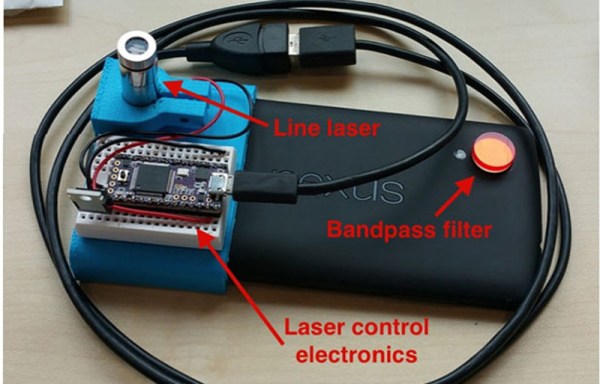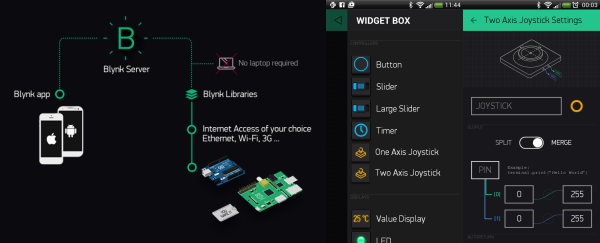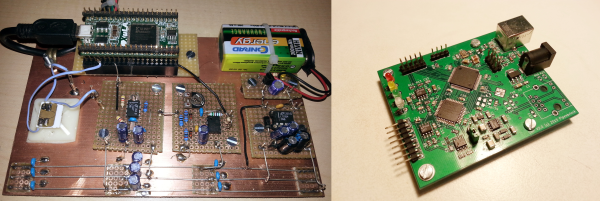Measuring the distance using lasers is a mainstay of self-driving vehicles and ambitious robotics projects. The fine folks at MIT’s Computer Science and Artificial Intelligence Laboratory (CSAIL) decided to tackle the problem in an innovative way. [Jason H. Gao] and [Li-Shiuan Peh] used an infra-red (IR) line laser and the camera on a smartphone. Their prototype cost only $49 since they used a smartphone that was on hand. The article reports good results using the device outdoors in direct sunlight which is often a challenge for inexpensive lidars.
The line laser creates a horizontal line that is reflected back to the camera on the phone. The vertical position of the laser on the camera image lets the phone calculate the distance by parallax. To bring out a faint laser reflection, the algorithm compares four images – two with the laser on and two with it off – and subtracts the background. Using a smartphone for this is ideal since it automatically adjusts for light level and can easily be upgraded to a newer phone with a better camera later.
This should be a cheap and easily replicable setup. If you make one of these, let us know. If you need something more refined, check out this post on interfacing the Neato vacuum cleaner’s XV-11a lidar with the Raspberry Pi.
Continue reading “Smartphone And IR Line Laser Measure Distance”



















